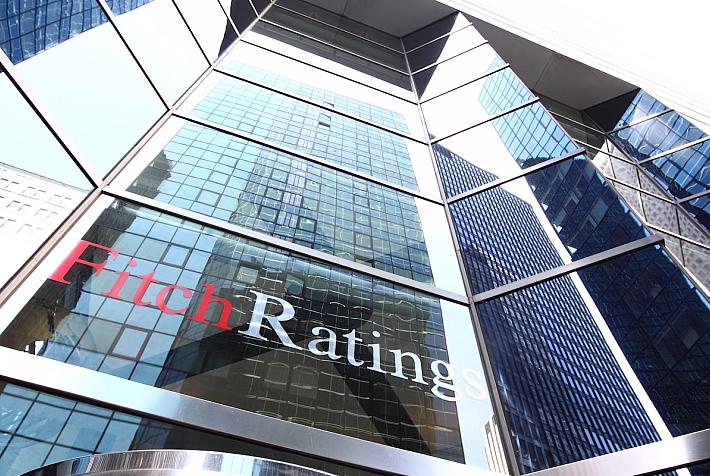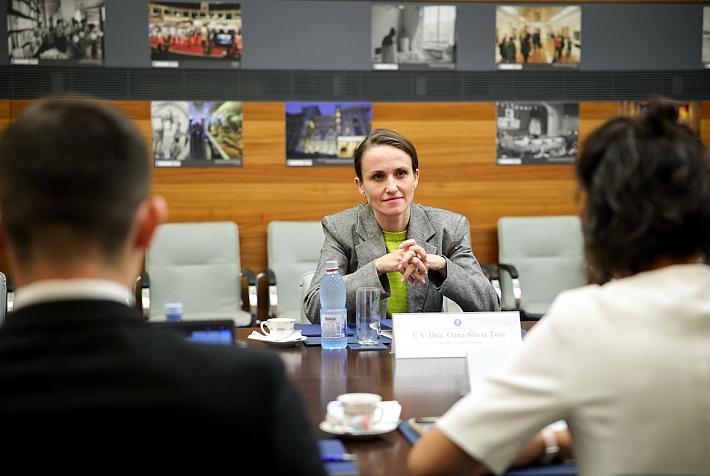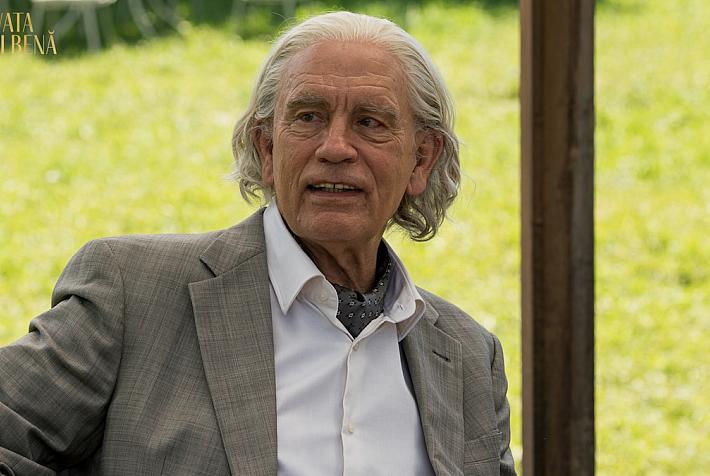Comment: Gatsby - a modern, pragmatic vision of the world in which we live

Guest writer Mariana Ganea finds the similarities between the 30s as depicted in the new Great Gatsby movie, and today's realities, and tries to understand the new movie experience after falling in love with the 70s cinema version of F Scott Fitzgerald’s novel.
As many people around the world I impatiently waited the opening of the new version of The Great Gatsby. Finally I watched it and I should recognize that is very difficult to decide if it really deserves or not to spend almost two hours in a cinema hall. I should confess as watching a re-make after one of my dearest novels, and as the 70s movie fascinated me years ago, watching it wasn’t a very comfortable thing. Why?
Firstly, because I had read a few times F Scott Fitzgerald’s novel, as a young girl with head full of romance, who had, like so many others, fallen in love a little with Gatsby and, after years as a mature woman trying to understand more the complexity of human feelings and relations. Reading the book on which the movie script is based might lead us to our own, personal scenario and, if the director had another vision - which is normal and usually happens- then us, as simple viewers can be disappointed thinking we've been somehow betrayed.
Secondly, because of the 70s movie that I have watched many times and which is a little treasure of my home movie library. In my imagination Gatsby was Robert Redford and I couldn’t see another artist performing this so controversial character.
So, being aware by all these personal barriers I tried to open my mind and my heart for a new cinematographic experience, which led me to my dilemma “was it really worth watching this movie ?”
From an artistic, visual perspective, the movie is wonderful. Prada’s costumes, make-up and hair, the landscapes, all mise en scene is monumental in the Hollywood style of the ’30s. Actually, it went a bit overboard with lights and sparkling, which became a bit tiring.
The music I found very adequate to the all contemporary mise en scene, but, the modern arrangement with hints of disco and rap music cannot be accepted by the “traditional, conservative” spectators. It is matter of taste.
The actors; performances were in my opinion the most questionable aspect, because I really couldn’t understand if they (especially DiCaprio) were intentionally over-compensating to avoid the previous performances (Redford, Farrow) or were only responding to the director’s (Baz Lurhman) instructions and/or vision. I saw a few tries to copy especially Redford’s movements and attitude, but the result wasn’t very good, I think. I didn’t feel that endless love, that madness, passion and insanity that Gatsby had in Fitzgerald’s novel or that quiet, smooth but deep love in Redford’s Gatsby. Actually a special remark is needed: Tobey Maguire’s excellent artistic performance in the Nick Carraway role. Anyway, I felt as though the center of this movie moved more from Gatsby to Carraway, but it can only be my feeling. The manner in which the director chose to make Carraway tell the story....writing it as result of his psychologist’s advice. Very interesting!
The 3D format of the movie gave me a strange feeling, more appropriate, I believe, for science fiction than a classical novel. I couldn’t understand the director’s decision to go 3D, as it didn’t add anything to Fitzgerald’s story. A love story in 3D? Good question!
However, what interested me most was the almost perfect correlation between the movie world and our present world. If we take into account the historical period of Fitzgerald’s novel – after World War I – and our times, we can find so many things in common.
What present truths can we find in this movie? A world dominated by money and power relations that worships the “money God”. A superficial world based on “sparkling”, a world of false icons set as value criteria. Colossal assets made by avoiding the law in the most profitable way possible, those fields that mostly work with human weakness: drinks, drugs, money transactions. A high life, as a mix between newly rich people, bankers, politicians, blonde facile actresses, sportsmen. A world full of men and women who like to show off their wealth and revel in their scandalous private lives. Women reduced to dolls, who acquiesce in the situation for money and a high social status. A lack of any honest normal friendship (excepting Carraway's genuine friendship for Gastby) and/or love affairs.
Briefly....a mad, mad, mad world!
By Mariana Ganea, guest writer











